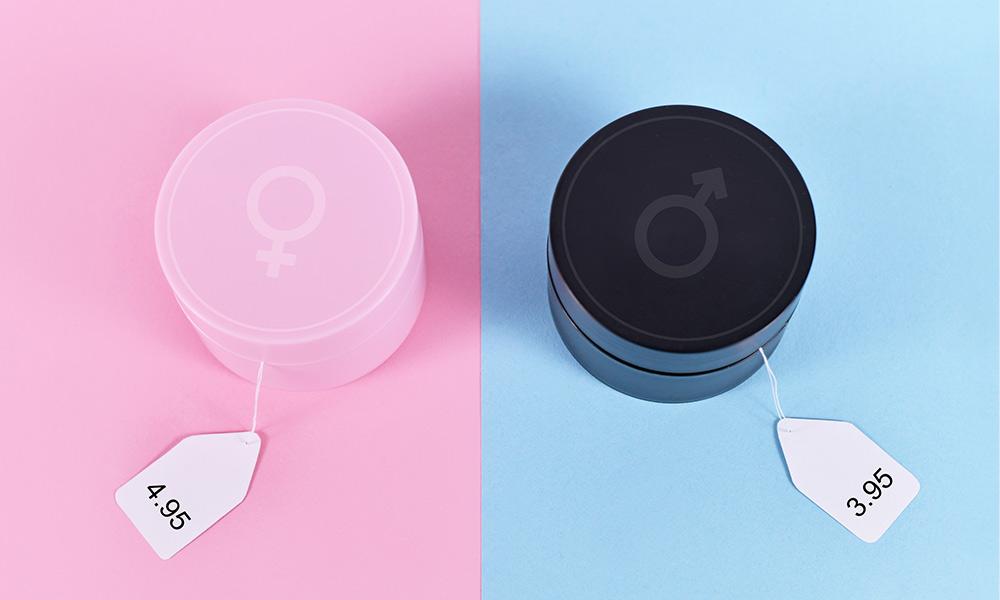A study by UC3M and IMDEA Networks reveals the existence of a hidden "pink tax" in digital advertising
7/10/24
Advertisers systematically pay more to show online ads to women than to men, especially in highly developed nations, according to research from the Universidad Carlos III de Madrid (UC3M) and IMDEA Networks. This gender-based price discrimination in digital marketing, known as the "pink tax", contributes to increasing gender inequality, as women are charged more to access similar products and services.

This research, recently published in the journal EPJ Data Science, has led to the largest empirical study on the digital marketing pink tax (DMPT) conducted to date, according to the researchers. Specifically, they analyzed data from over 4.5 million Facebook audience groups in 187 countries and 40 territories. Additionally, they employ a novel methodology using the advertising platform API of this social network to collect data on advertising costs for male and female audiences, providing a comprehensive global perspective.
“Unlike previous research, which mainly focused on the pink tax in consumer goods, this specifically examines gender-based price discrimination in online advertising, revealing a significant correlation between the digital marketing pink tax and a country's level of development,” explains one of the study's authors, Amir Mehrjoo, a PhD student at IMDEA Networks and UC3M.
“This suggests that economic progress does not necessarily equate to gender equality in the digital market and may even exacerbate existing biases,” adds another author, Ángel Cuevas, a researcher in the Department of Telematic Engineering at UC3M.
The study points to some possible explanations for the notable disparity in DMPT between developed and less developed countries. Firstly, higher demand, as in developed countries, women may be the primary decision-makers for purchases (increasing demand and the cost of advertising targeting them). Secondly, the Human Development Index (HDI), which correlates with higher DMPT, suggesting that economic development may exacerbate gender biases. Thirdly, cultural factors, because in less developed countries, traditional gender roles may reduce the focus on advertising targeting women. And fourthly, regulatory issues, because developed countries have stricter regulations on gender discrimination in advertising, but their enforcement may be less effective in less developed countries.
Country and sector differences Middle Eastern and African countries with low HDI do not experience the digital marketing pink tax. “Possibly, the lower internet penetration rates and less developed digital advertising markets in these regions could contribute to this phenomenon. In less developed digital advertising markets, there may be fewer granular segmentation options available, including gender segmentation, which could reduce opportunities for price discrimination,” says Amir Mehrjoo.
The most affected sectors, where advertisers pay significantly more to target women, are hobbies (advertisers pay 64% more to target women in this category), style and fashion (the digital marketing pink tax is 53% higher for women), and travel (they pay 49% more to reach the female audience).
In the long term, the researchers hope that their work will encourage both advertisers and policymakers to take action, such as drafting and implementing stricter regulations and guidelines to prevent these discriminatory practices.
After all, “our understanding of the world is determined by the information we consume, much of which is filtered through algorithms that determine what we see on the Internet,” notes another of the study's authors, Rubén Cuevas, also from the Department of Telematic Engineering at UC3M. “These algorithms, although designed to optimize the user experience, may inadvertently perpetuate biases with significant social consequences. Our research highlights one of these biases, the digital marketing pink tax, demonstrating how seemingly neutral algorithms contribute to gender inequality,” concludes Mehrjoo.
Bibliographic reference: Mehrjoo, A., Cuevas, R. & Cuevas, Á. Online advertisement in a pink-colored market. EPJ Data Sci. 13, 36 (2024). https://doi.org/10.1140/epjds/s13688-024-00473-2